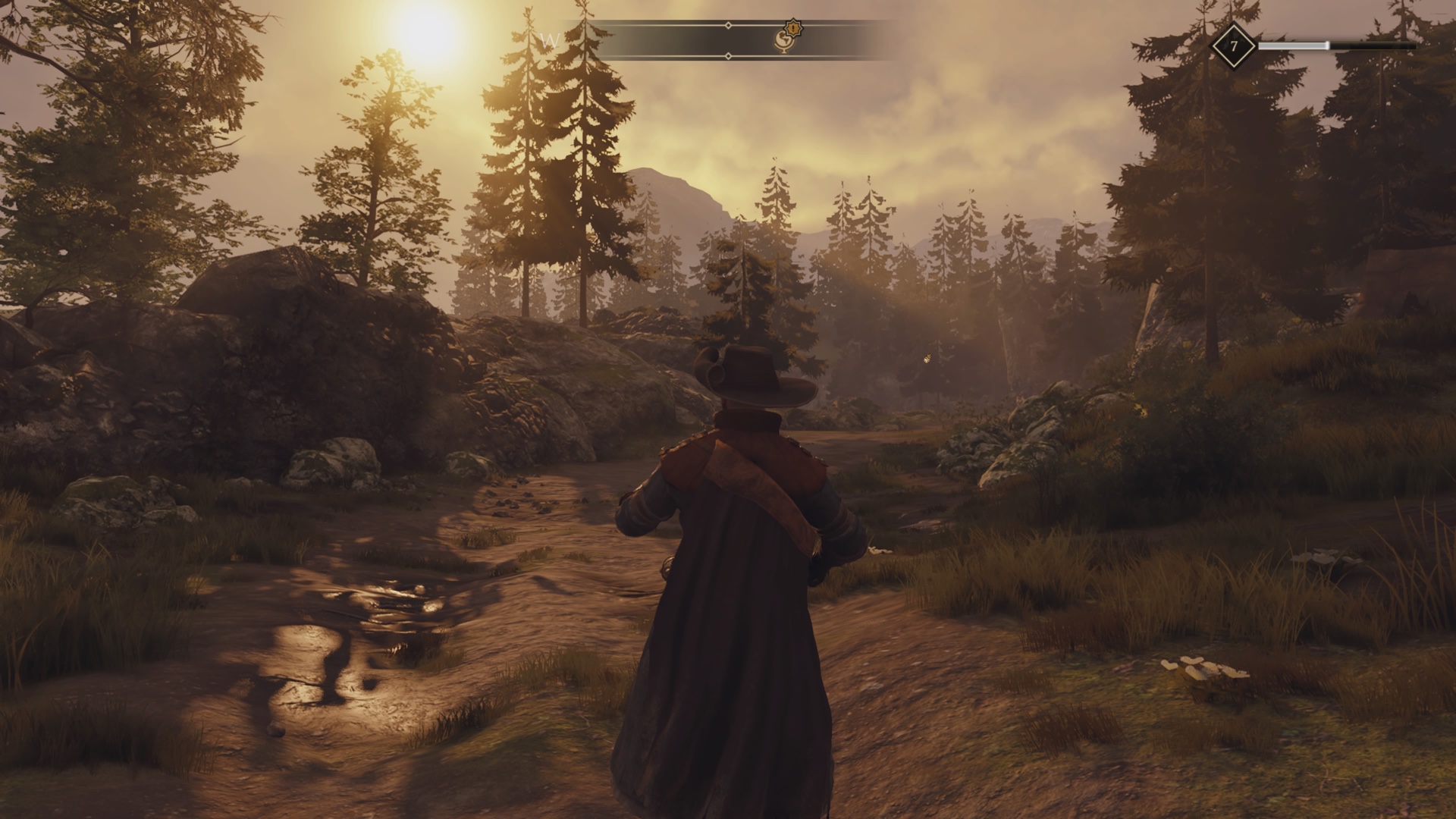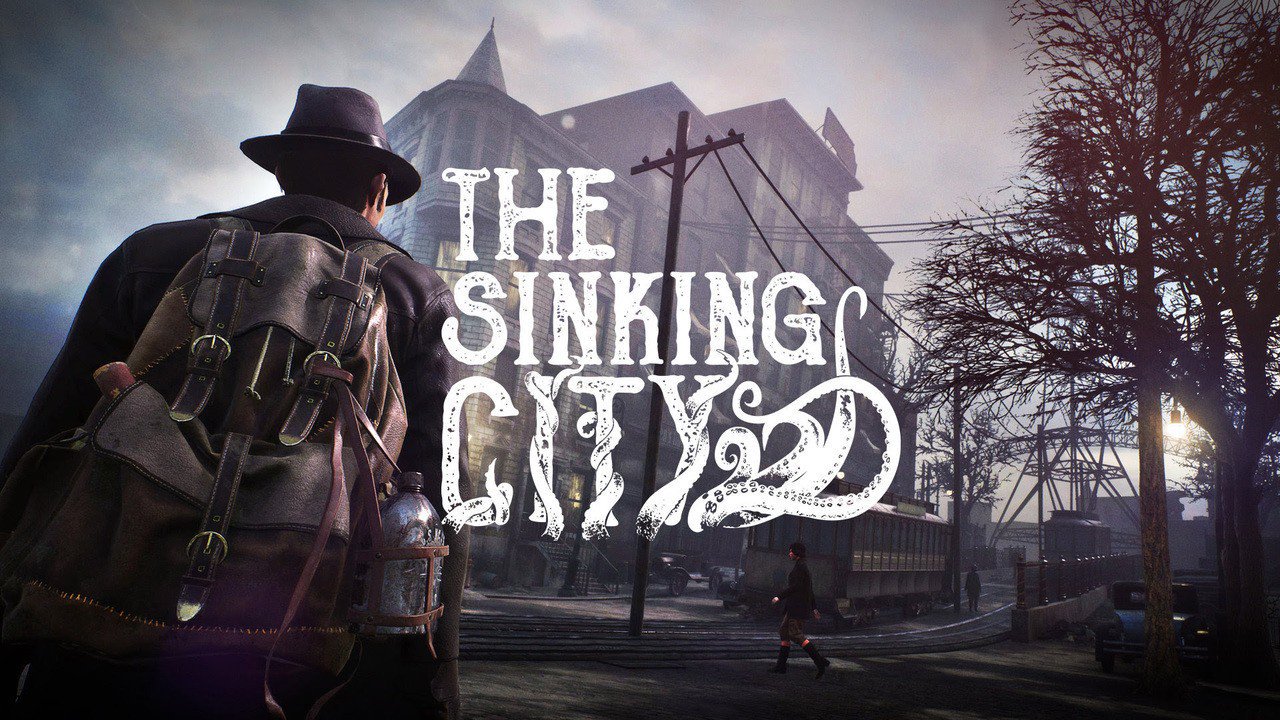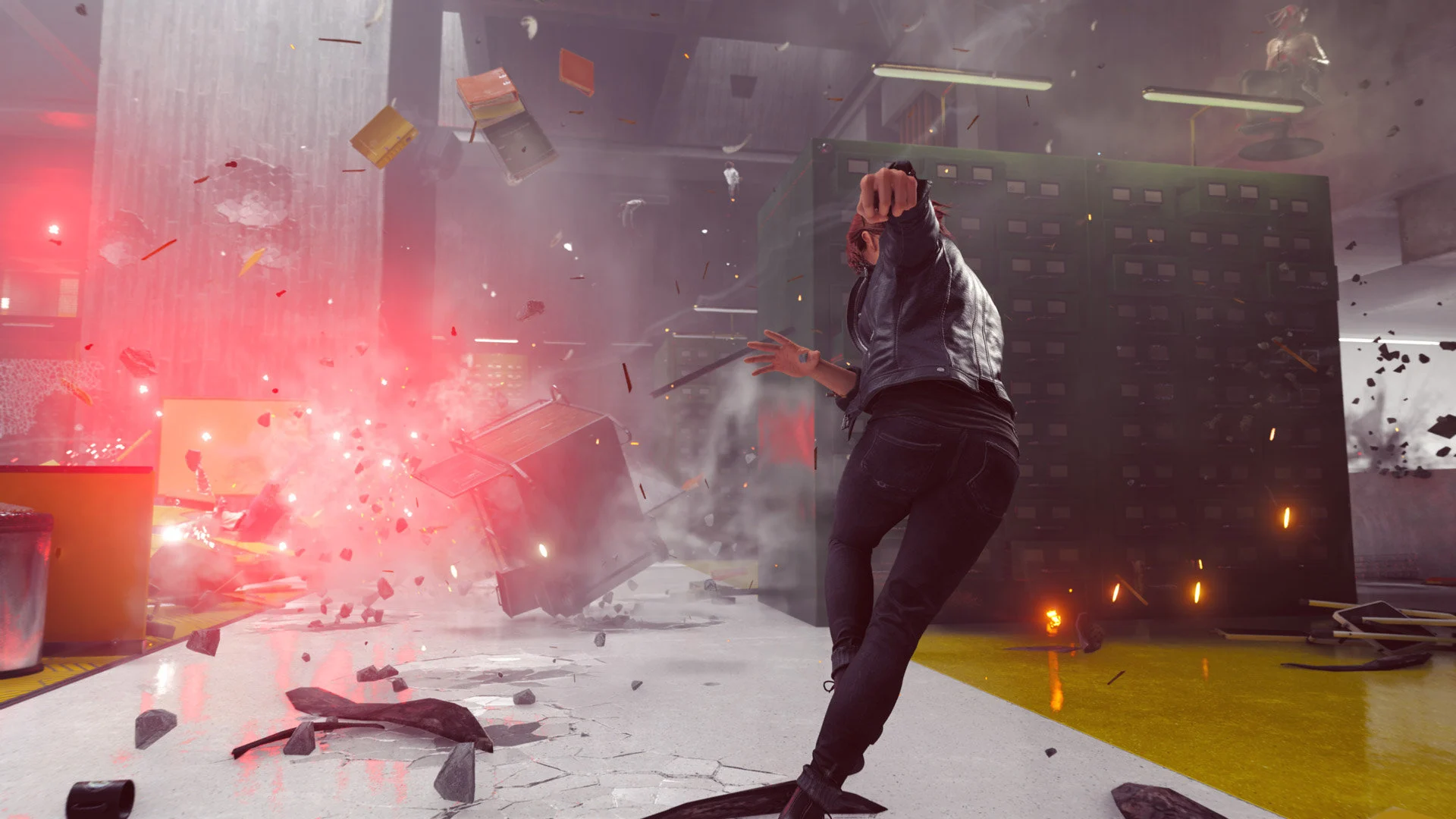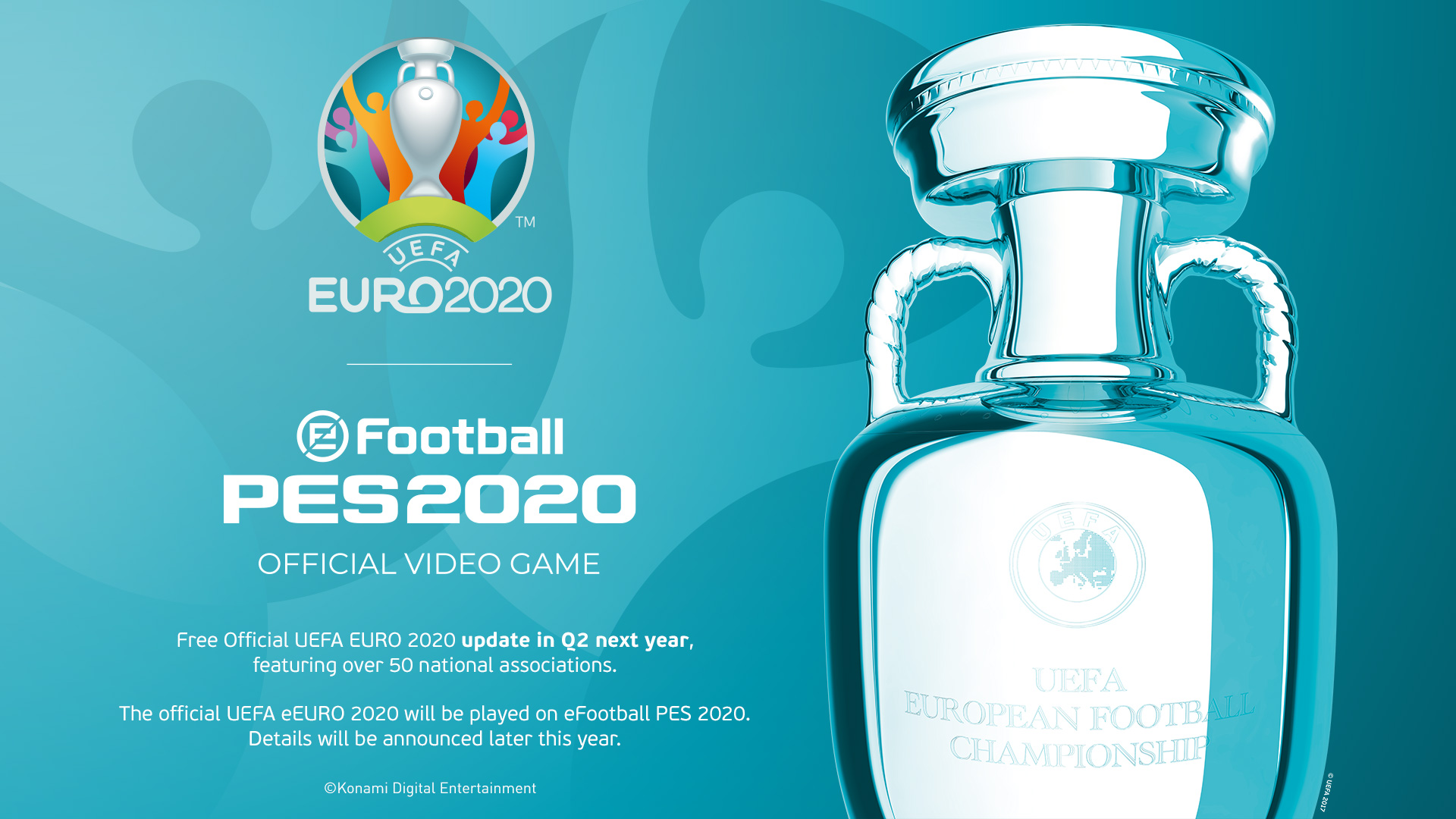I am a sucker for good puzzle games and The Sojourn, a first-person puzzler, perfectly fits into that category. We have gotten some really good indie puzzle games lately and I have been fortunate to play most of the good ones. The puzzles in The Sojourn are exquisite and you quickly understand that they were crafted by a really talented group of designers.
You immediately see the full puzzle along with all the elements you can interact with. You see where you start, you see where you end and you see the path you need to take in order to complete it. The game also does a great job at onboarding you with each of the interactable elements or mechanics in the early levels so that when they combine multiple ones in the later levels, you know what everything does and are ready to solve it.
Solving a puzzle might take from just a minute or two to a whole lot more than that. But in contrary to many other puzzle games, you don’t get pissed or annoyed as there's no fail state. You know how everything fits together, you just have to figure out how to fit everything together. Each level, to me, it felt like a game of chess. No, you are not competing against anyone and there’s no time limit. But in each level, you kinda have to think two or three steps ahead to complete a puzzle.
The Sojourn puzzles are mostly based on placement and timing. They are cleverly designed filled with moving and interactable parts like statues you can teleport to and swap places with; harps that form platforms and bridges; booths that duplicate statues and others that open doors and dishes that shoots a stream of dark energy which teleports you to the dark world. At the start you interact with these elements via the dark world, the true reality as the game likes to tell more on that soon, but later you can activate them by the use of a relic which increases the challenge of the puzzles.
Once you enter the dark world, the levels slightly change by either making your life easier and filling in gaps so you can walk over or making your life harder by placing an obstacle blocking your path. And how you place yourself, the elements and when you interact with them are the core elements which puzzles are built upon.
For example, in a later puzzle, you need to put the relic into a dish to shoot a dark energy stream so that you can activate a statue. While in the stream, you take the relic out of the dish and place it in the statue, move over a platform which is available only in the dark world then swap places to the other statue breaking the stream of dark energy from the dish. Then move to a booth, to open the door, and swap places once again with the other statue, pass the dark world obstacle since you are in the light world now and complete the level. Explaining it doesn’t really do it justice, but as I said most of the puzzles are so cleverly designed that you need to think two or three steps ahead to solve it and it’s quite satisfying when you make everything fit together.
Timing is also important as for example once you play the harp, it creates a bridge only for a couple of seconds and if you are not in the right place when you activate it you won’t be able to cross over. But as I said, you get to play around with each of these mechanics separately and as you progress the difficulty curve increases and you need to combine many of these mechanics together in order to reach the end of the level.
Most of the levels can be completed in a minute or two and your overall task in the game is to release these flying glowy things. Once released you go back to the main hub, a tower sorta like a panopticon where you move puzzle by puzzle until you reach the top. In this main hub is also where the story is delivered. Like almost all of the recently released puzzle games, Etherborn and Ovivo come to my mind, it tries to tell an artsy-fartsy story with grand thematic quotes like “We venture beyond what we’ve learned to see the truth, so we can understand how our views were obstructed.”, but I couldn’t really care about it. Along with these grand thematic quotes it uses the same visual storytelling that The Witness, another great puzzler, used which are sculptures and other elements in different places, poses etc. slowly unveiling and trying to tell a story.
But again, I didn’t really care about it. In all honesty, The Sojourn can have the best, most powerful and moving story ever for all I know, but I won’t go and look for it if it’s not there, along with me in a clear way. It was the same for Etherborn and The Witness, I get what these guys are going for, but I don’t care. I just want to play an awesome looking game with a simple yet quite exquisite art style, with a mellow atmospheric score and some satisfying and challenging puzzles that don’t make me want to throw myself out of the window. And in this regard, The Sojourn excels and I would highly advise you all to experience it. Thanks for reading.
The Sojourn is available on PS4, PC and Xbox One. A PS4 review code was provided for this review by the PR team.




